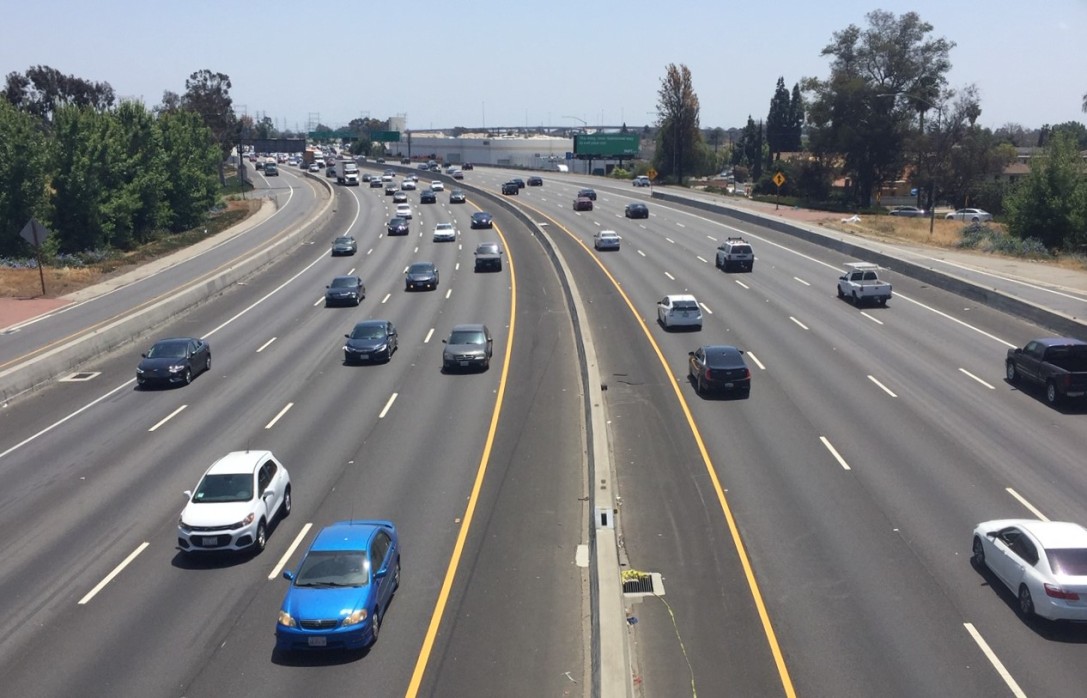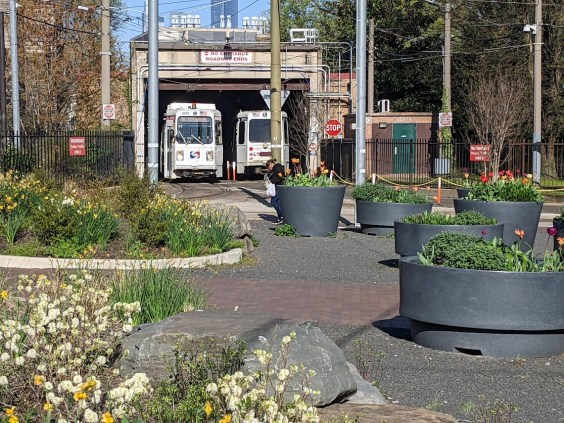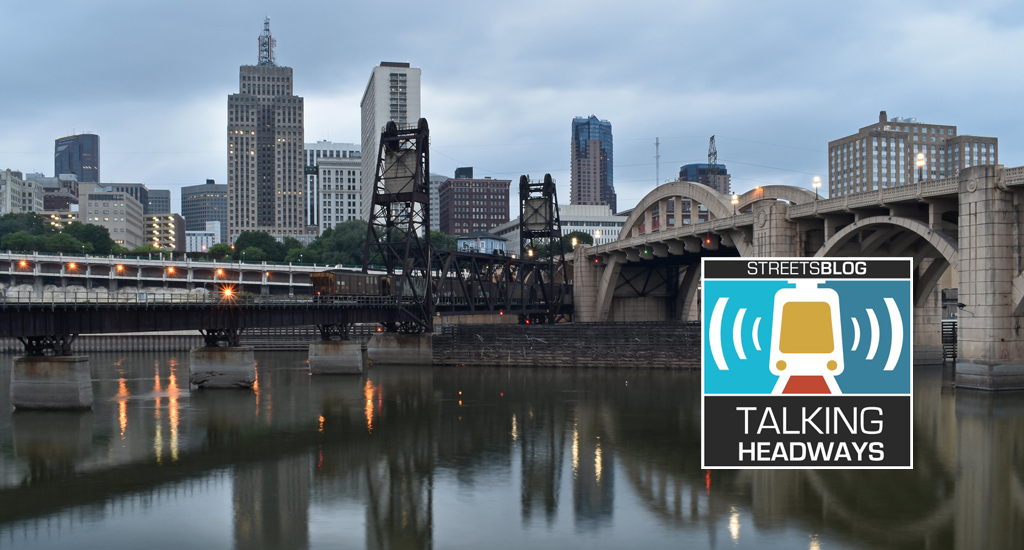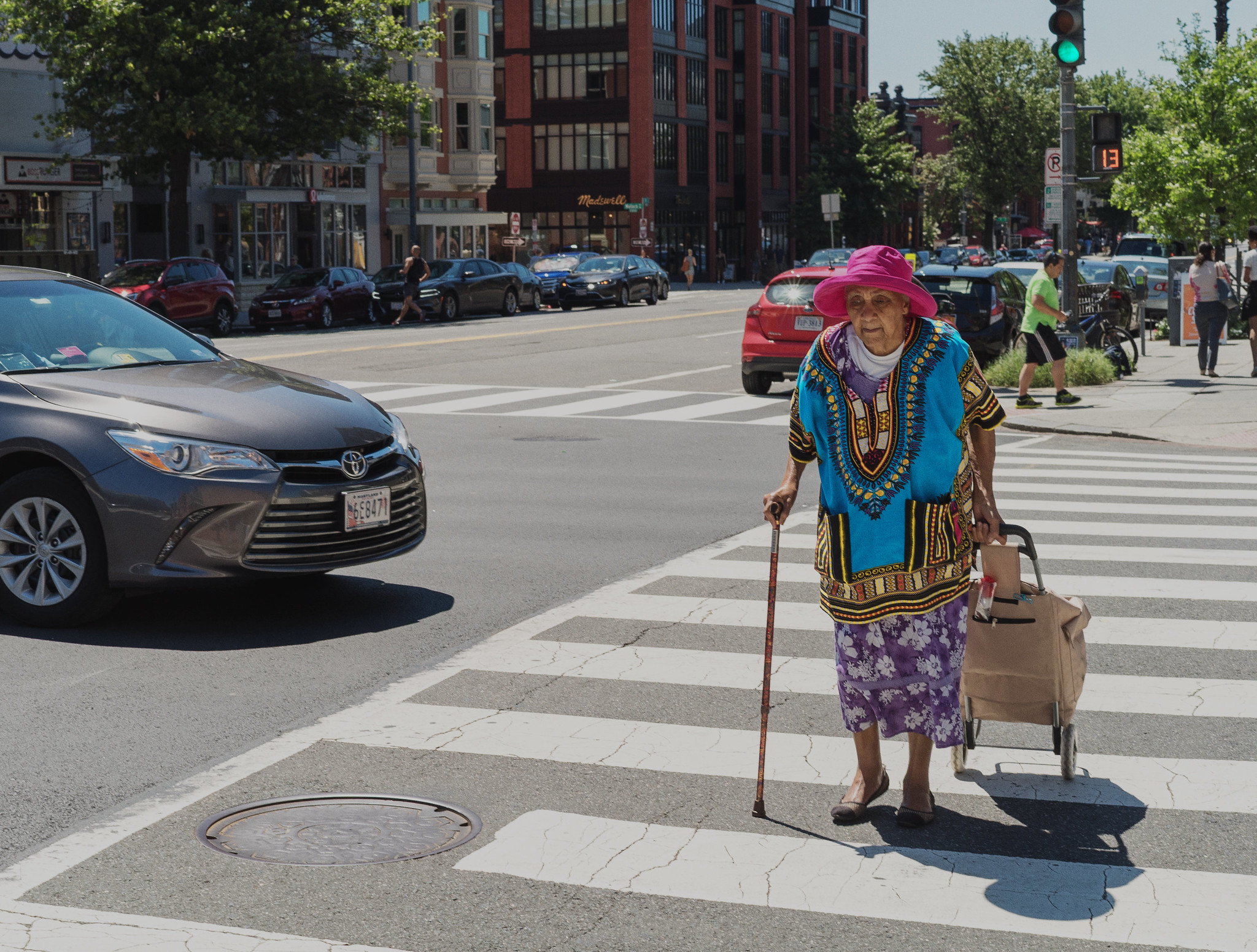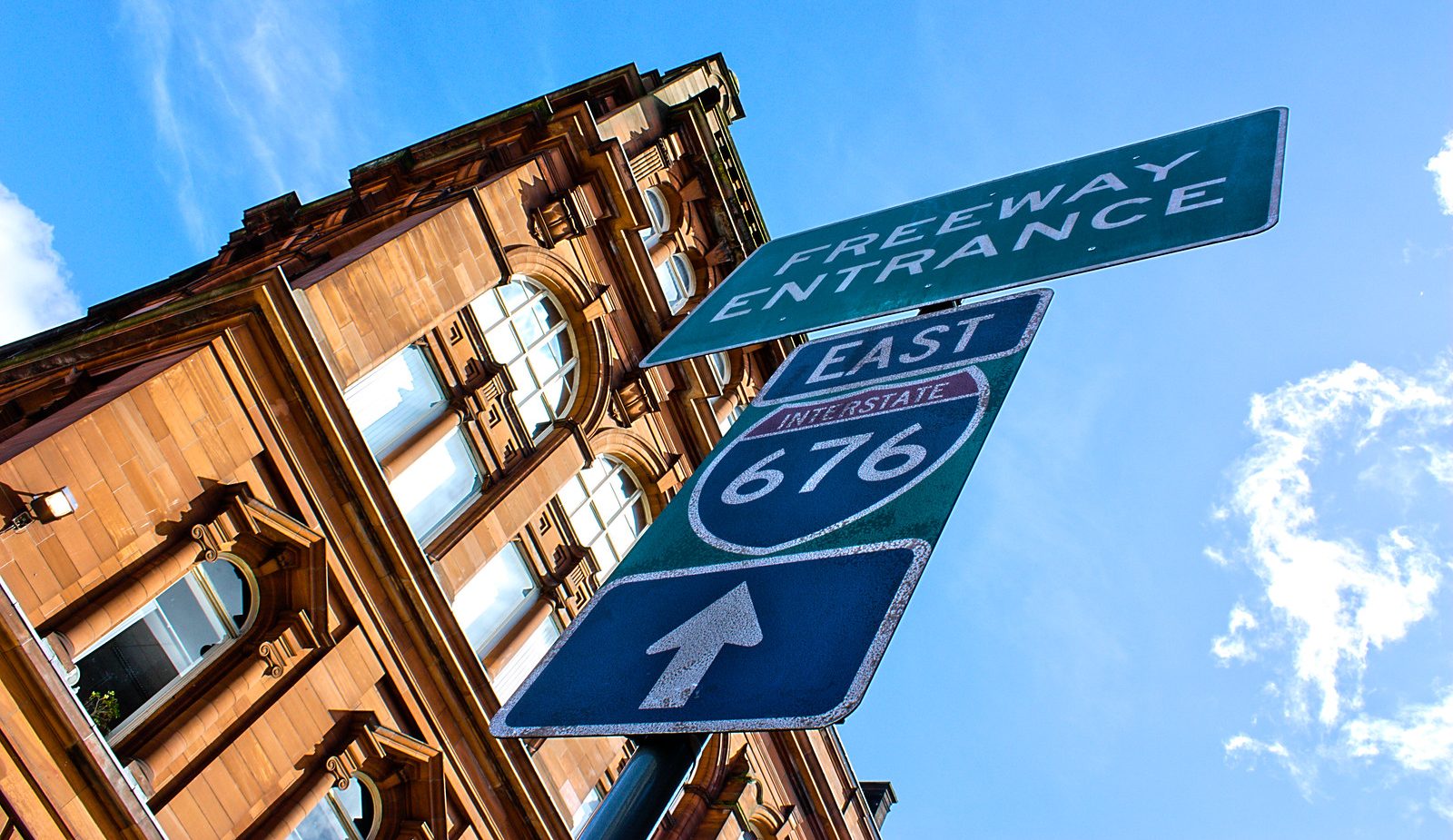Today's featured post from the Streetsblog Network comes from member blog Greater Greater Washington. David Alpert has identified an all-too-common strain of a problem familiar to our readers, Entitled Driver Syndrome. A particularly dangerous variant of this common affliction, writes Alpert, is Entitled Driving Journalist Syndrome, or EDJS:
This week, epidemiologists discovered a particularly virulent caseof EDJS in WTOP's Adam Tuss, who penned a series of columns which hitthe double whammy of capitalizing on motorist frustration and financialinsecurity at the same time. Each starts out by saying, "Money issomething everyone is trying to hold onto right now, so why does itseem like local governments are trying to pick your pocket? This weekWTOP takes a look at some of the tricky ways drivers are falling victimto revenue generators around the region."
These poor victimized drivers have to contend with such "tricky" things as being ticketed for parking illegally or paying something slightly closer to a market rate for parking.The parking meter column, for example, exposes the absolute outragethat, as DC raises parking meter fares, some of the blocks still havethe old rate, and sometimes the rates on a block change from the oldrate to the new in a single day when DDOT gets the chance to updatethem. What a travesty. Government can't move fast enough, so they'removing too fast.
So far, none of Tuss's columns have cited "swiping yourSmarTrip on the Metro" as one of the ways government "picks yourpocket." One of the symptoms of EDJS is "transit blindness": theafflicted individual seems to see anything that hinders theunrestricted, cost-free movement of automobiles (tolls, gas taxes,parking fees, buildings that are in the way of more lanes, sidewalks,rivers, etc.) as an unwarranted government intrusion, but that costssuch as transit fares are just "paying your share."
Got any examples of EDJS you'd like to alert us to? Hit us in the comments.
Other stories from around the network: Sustainable Savannah wonders why bicyclists and pedestrians have to advocate for infrastructure while motorists can just sit back and enjoy the ride; WorldChanging examines a plan to revitalize Toronto's modernist highrises; and Trains for America has a video on how high-speed rail could rejuvenate the country's economy.

